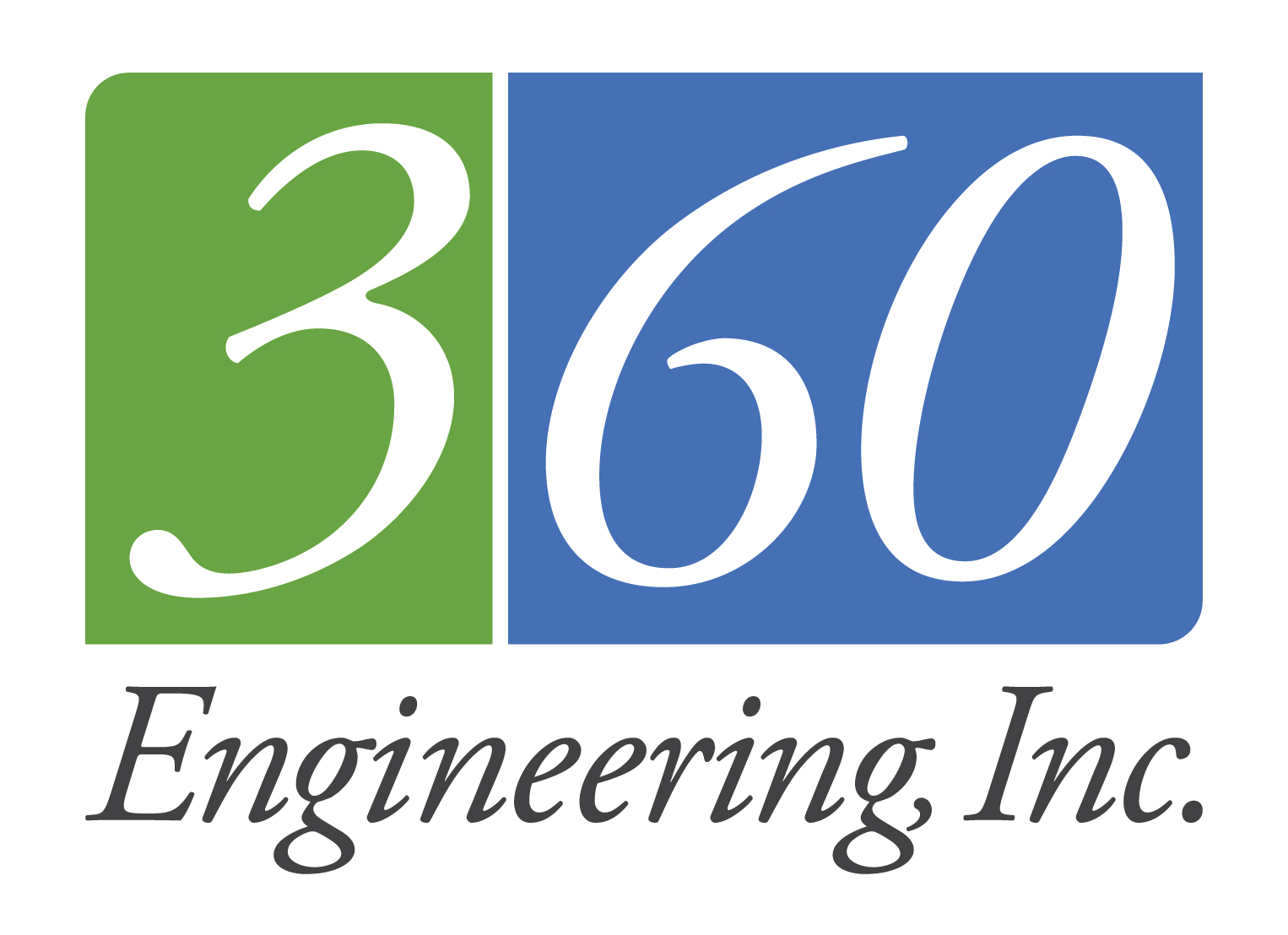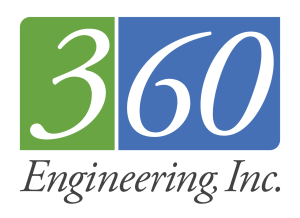HVAC and plumbing systems are essential to creating a comfortable and productive environment in our buildings; however, nothing can bring down the look of a well-designed space more than a misplaced diffuser or unexpected thermostat. In most instances, concealing HVAC and plumbing designs into high-finish spaces can come with major cost impacts, but there are simple ways to elevate the integration of these systems into a space without major impacts on the budget. Let’s explore a few!
Alignment of Ceiling Devices
Aligning diffusers with other ceiling devices is a small task but can have a big impact on the uniformity of the ceiling to provide a clean and organized look. The goal of this approach would be to align diffusers and other ceiling devices to the centerline of the lights, along with creating uniform spacing between the diffuser and other ceiling devices. To ensure the engineer has time to coordinate the final diffuser and device locations, the final locations of lights and other ceiling components should be provided around 75-80% CDs for final alignment. If the aesthetics of a space is a priority, having an RCP coordination meeting between the architect, electrical engineer, and mechanical engineer can be very beneficial to talk through the priority of devices and ensure all parties are fully coordinated.
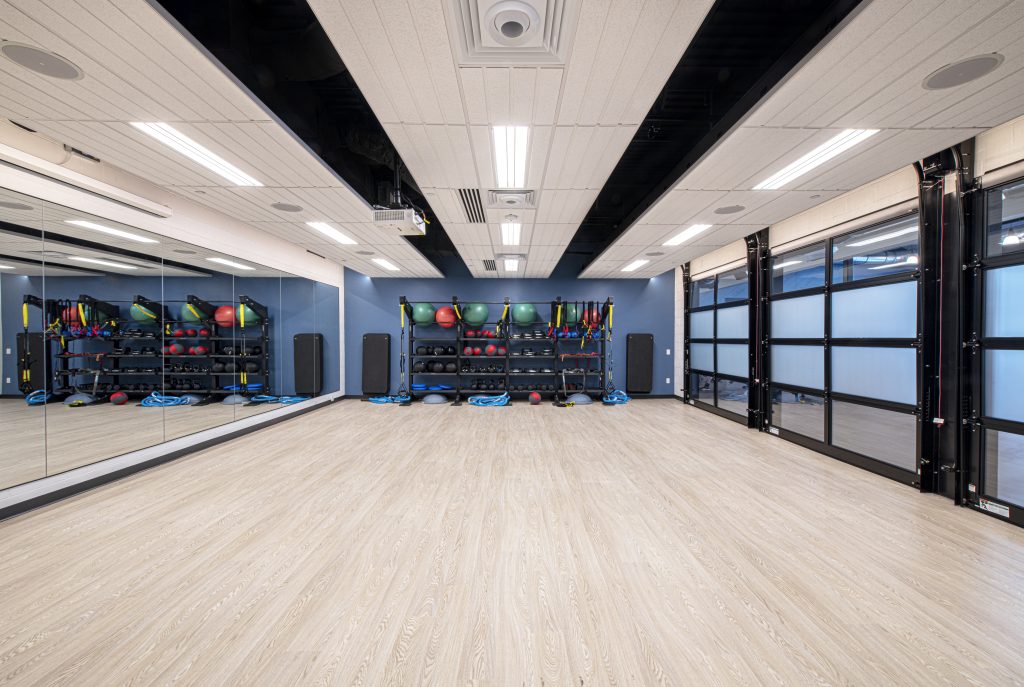
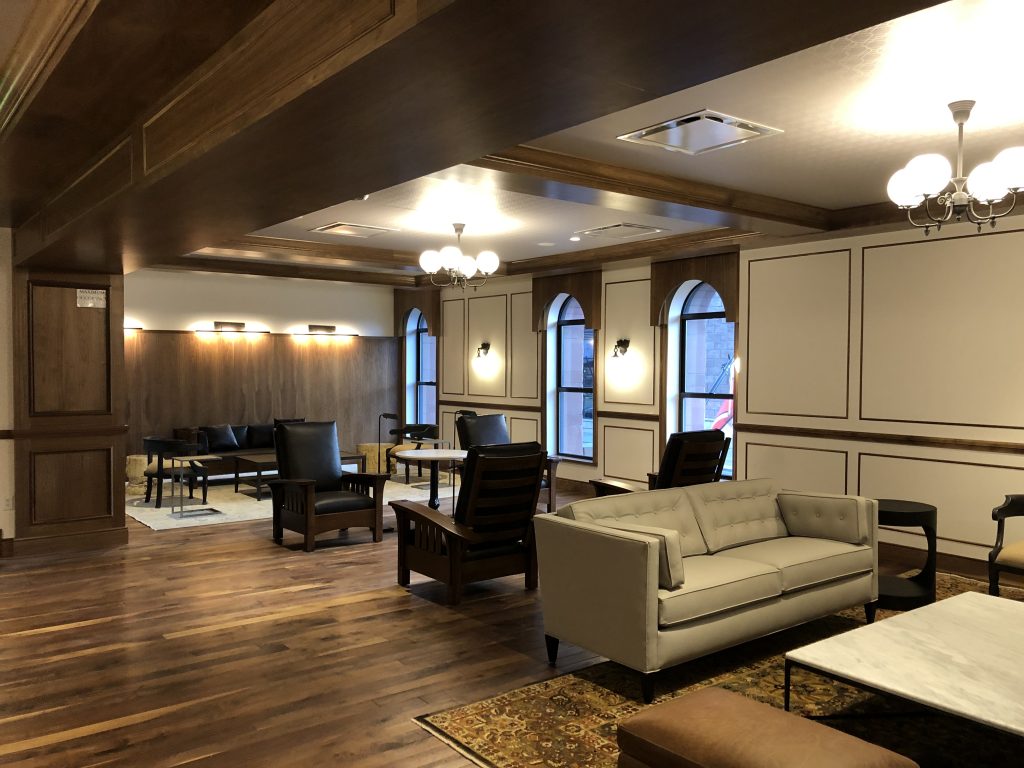
Elevate the Diffuser Specifications
Standard cone, louvered, or perforated diffusers can be swapped out to a square plaque diffuser for both the supply and return in the ceiling for a small cost increase ($20-$30/diffuser*). If both the supply and return diffusers are revised to this specification, this can create a clean, uniform look in the ceiling. Square plaque diffusers have a very efficient supply air distribution, providing low-pressure drop and low sound levels with efficient mixing. However, it should be considered when using this specification for return air that this diffuser has less return capacity than other return diffusers with more free area, so additional return grilles may need to be added with this specification.
In addition to revising the specifications for square ceiling diffusers, there are many aesthetically pleasing grilles and slots that can be incorporated into the design for supply and return air. The architect should coordinate with the mechanical engineer early in the design process to discuss linear grilles or slot diffuser options to ensure these are properly coordinated into the ceiling and wall details. Although linear grilles and slot diffusers can add significant cost compared to standard louvered grilles or diffusers, applying slots to strategic spaces like lobbies or conference rooms can elevate these common spaces and set the tone for the rest of the building.
Coordinating Thermostat Locations and Specifications
When placing the thermostats on the plans, the engineer must be strategic with the placement to ensure optimal control of the mechanical system. If this is not properly coordinated during design, this can lead to unexpected locations on the wall come time for the final punch. When we are placing thermostats in the design, we are considering the following: direct sunlight, exterior walls, the path of supply airflow, proximity to major heat-producing equipment, location within the occupied/breathing zone, and many more. In some spaces, these considerations can make thermostat placement challenging.
For proper placement coordination, the architect should review the proposed thermostat locations on the drawings once the engineer has laid them out to ensure the locations do not conflict with their design. For more complex spaces, deeper coordination may be required to shift around the thermostats or even shift wall finishes around to accommodate the ideal thermostat location. A coordination meeting between the architect and mechanical engineer may be ideal for these more complex applications.
If local control of the temperature setpoint in the space is not required, remote temperature sensors can be considered for minimal added cost. This would locate a thermostat in a concealed or central location for temperature adjustment (If DDC controls are provided, this could be provided via a web-based controller) with a remote temperature sensor placed in the space being measured. There are several types of remote temperature sensors available, including button-style sensors that are about 1” in diameter and can be stainless steel, brass, or paintable and can be easily integrated into the design.
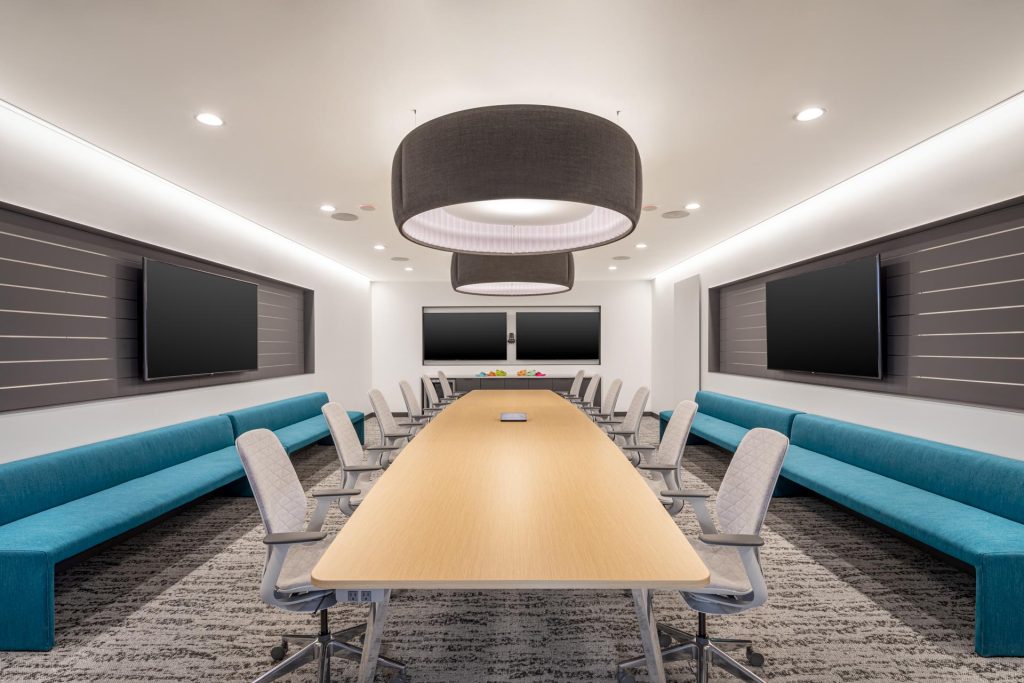
Although these recommendations are simple, they can be effective if proactive coordination is achieved. Having upfront discussions on the design intent of the mechanical and plumbing system integration throughout the project will help the engineer provide solutions early to achieve the aesthetic goals of the space. Additionally, if the aesthetics of these systems are a priority in a space, but the budget is tight, these simple solutions and several others can be applied without busting the budget.
